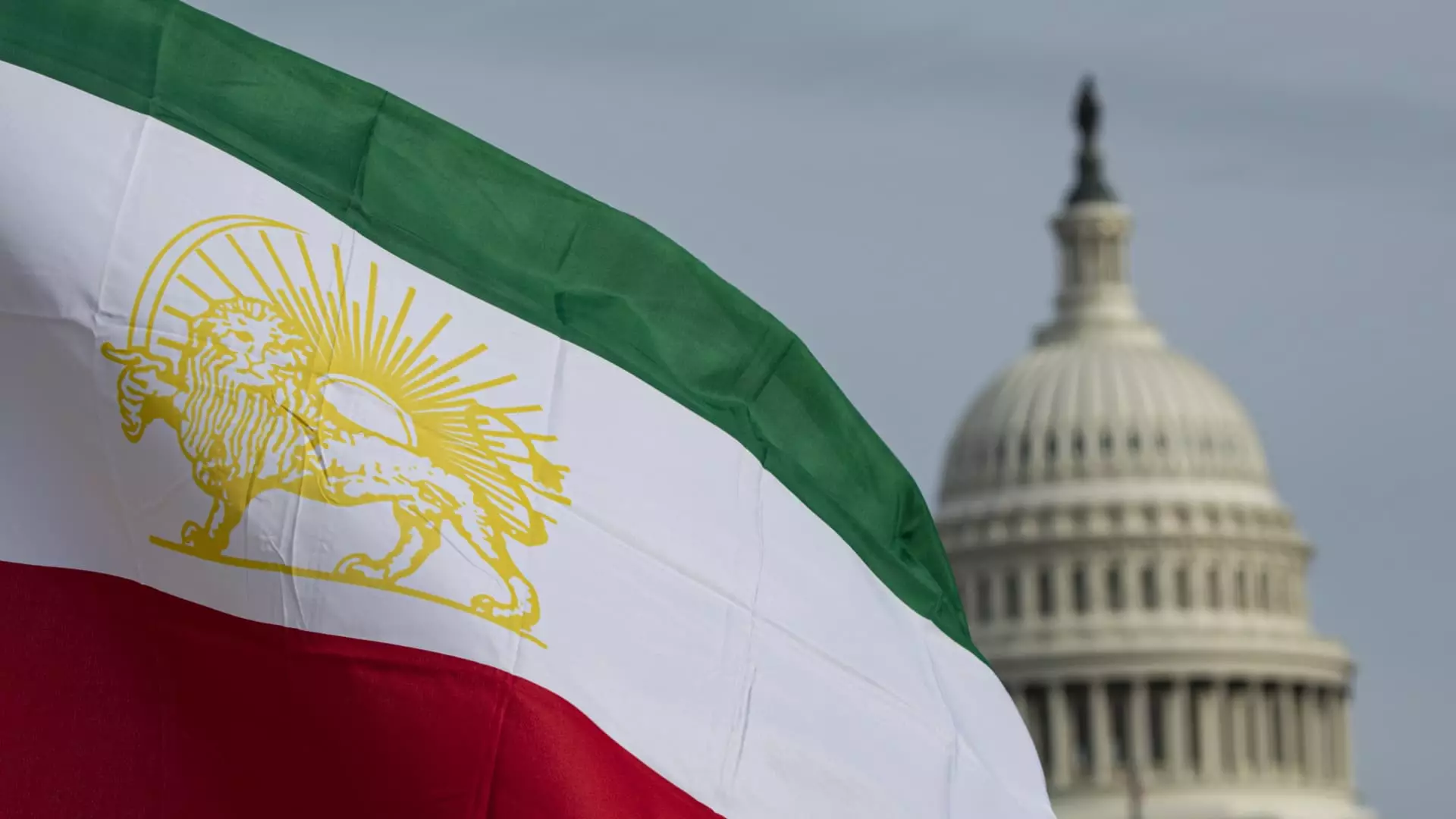The ongoing negotiations between the United States and Iran over the latter’s nuclear ambitions reveal a complex interplay of hopes, caution, and geopolitical maneuvering. America’s recent re-engagement in these talks signals a pivot back towards diplomacy, yet the shadows of skepticism loom large. As both sides prepare to reconvene next week, Iranian Foreign Minister Abbas Araqchi has voiced an understandable wariness about the trajectory of discussions. This reticence highlights a fundamental truth in international diplomacy: optimism in negotiations often lies not in the surface-level assurances but in the deep-seated historical grievances, national pride, and strategic calculations that underpin them.
President Donald Trump’s ostensible confidence in reaching a new agreement—one that would forestall Iran’s nuclear bomb aspirations—stands in stark contrast to Araqchi’s tempered rhetoric. The Iranian foreign minister’s observations of the talks being “extremely serious and technical” underscore the fact that beyond diplomatic pleasantries, the real intricacies of national interests remain unresolved. His acknowledgment of persistent differences on major issues speaks to the treacherous path these negotiations must traverse, where one misstep could unravel months of painstaking dialogue.
The Weight of History on Current Talks
A narrative emerging from the past two decades illustrates why diplomatic engagements between Iran and the U.S. carry an inherent sense of urgency—yet simultaneously, an air of futility. Trump’s administration resurrected a “maximum pressure” campaign in response to Iran’s violations of the 2015 nuclear deal, an agreement he unilaterally abandoned. Since then, Iran has significantly ramped up its uranium enrichment, now just shy of the levels required for weaponization. This escalation feeds into a cycle of mistrust that complicates negotiation efforts. As discussions progress, it becomes clear that the path forward is not merely about technical negotiations on nuclear capabilities; it’s about addressing the broader historical context that informs current attitudes.
Araqchi’s assertion that the only aim of these discussions is establishing confidence in the peaceful nature of Iran’s nuclear intentions reveals the precarious nature of the situation. In what feels like a zero-sum game, every concession from one side is met with heightened scrutiny and skepticism from the other. For Iran, the ability to maintain an independent nuclear program does not merely represent a strategic asset but also serves as a key element of national sovereignty. For them, compromising this red line remains politically perilous.
U.S. Strategy and its Consequences
As the U.S. grapples with its own diplomatic strategy, the question arises: how much should it be willing to compromise in exchange for Iran’s concessions? Secretary of State Marco Rubio’s insistence that Iran must cease all uranium enrichment is arguably an unrealistic demand, given Iran’s insistence on its right to develop nuclear technology for peaceful purposes. Historical missteps by U.S. administrations have created an environment of deep-seated resentment and distrust; the notion that Iran must surrender its rights in exchange for perceived favor goes against the core tenets of mutual respect in international diplomacy.
The suggestion from European states that any new agreement should incorporate stringent measures to prevent Iran from developing a missile-based nuclear delivery system adds another layer of complexity. Iran’s missile program—seen as pivotal to its national defense—remains a non-negotiable aspect of its military strategy. Hence, the dichotomy between denuclearization demands and Tehran’s insistence on missile autonomy illustrates the significant challenges negotiators will face. Building bridges where emotions run high requires an unprecedented level of diplomatic finesse that seems sorely lacking in the current geopolitical climate.
Recent Developments and Their Implications
Recent events, including reports of unrest within Iran, such as the tragic explosion at Shahid Rajaee port, further complicate the already delicate negotiations. The intertwining of internal stability and diplomatic engagement cannot be overlooked; while external diplomatic talks continue, the socio-political landscape within Iran remains volatile. Such incidents can inflame tensions, create pressure from hardliners within Iran to adopt a more confrontational stance, and ultimately derail negotiations further.
As U.S. officials project optimism regarding progress, it becomes crucial to remember that feasible agreements often lie at the intersection of pragmatism and realistic expectations. A potential new framework needs to balance rigorous sanction relief with assurances of Iran’s peaceful nuclear aspirations—an intricate puzzle yet to be solved.
In the grand chess game of international relations, the stakes are monumental, yet progress demands that both parties abandon rigid positions in favor of nuanced negotiations. Only then can the specter of nuclear conflict dissipate, paving the way for a more stable Middle East—if both sides can indeed muster the will to cooperate.


Leave a Reply